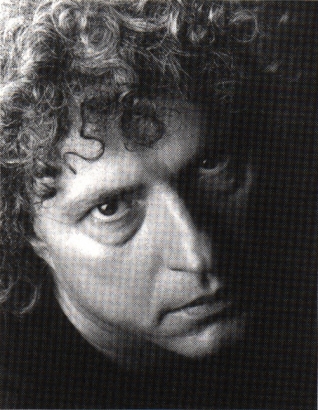Ostrava was a city inappropriate for conceptual art

Download image
Jiří Šigut was born on May 14, 1960 in Ostrava. His mother came from an outcast German family, and Jiří’s childhood was shaped by, among other, by his grandparents, in whose small apartment German radio often played. Another significant influence that influenced his personality was foreign rock music and Czech folk, with which he became thoroughly acquainted as a co-organizer of the cult festival Folk Carousel. A little later, Jiří discovered the music and ideas of the minimalist John Cage, which significantly influenced his work with photography. At that time, he also worked as a mechanical locksmith in Klement Gottwald’s New Ironworks. Thanks to long exhibitions or photography with a cover, he became one of the few conceptualists who worked in northern Moravia before 1989. For this reason, his artistic interest at the time was much more oriented to Brno, where curator Jiří Valoch worked. It was he who introduced him to Miloš Šejn and other members of the Měkkohlaví art group, which later accepted him as a full member. After 1989, Jiří also became acquainted with Ostrava authors and became part of the local scene. The last three decades have meant active exhibition activity for him in the Czech Republic and abroad. In 2019, he won the Amber Award for artists from the Moravian-Silesian Region.

